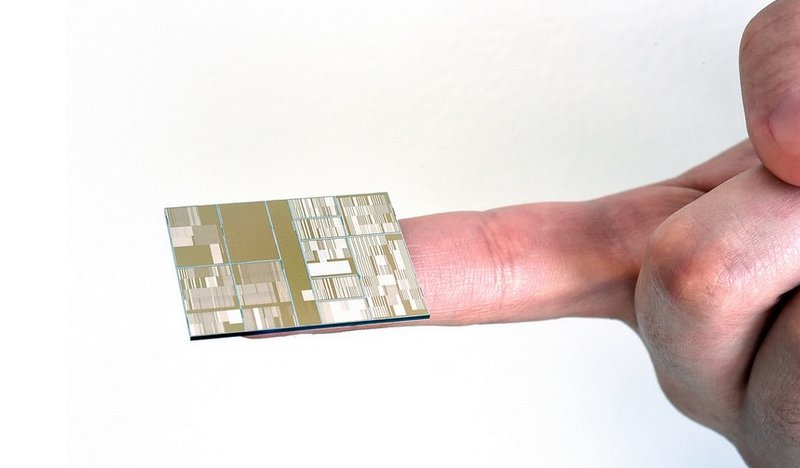 NEWS
NEWS
 NEWS
NEWS
 NEWS
NEWS
IBM Research announced a major breakthrough on Thursday, saying it’s built the world’s first fully-functional 7 nanometer node test chips, in conjunction with partners GlobalFoundries In., Samsung Electronics Co., Ltd., and the SUNY Polytechnic Institute’s Colleges of Nanoscale Science and Engineering.
According to IBM, the prototype processors it’s built mark the beginning of a new era of smaller semiconductors that will ensure the continuation of Moore’s Law, and help to power more advanced analytical workloads. Moore’s Law was presented in a paper by ex-Intel chairman Gordon Moore way back in the 1960s, who argued that the number of components on a chip would double every couple of years. So far his law has held true, but we’ve reached a point where it’s become increasingly difficult to make chips any smaller. IBM’s new 7nm chips are but a 7 billionth of a meter in length, roughly 1,400 times smaller than a human hair, The New York Times reported.
IBM thinks Moore’s Law will now hold true for at least another generation, and once 7nm becomes the standard we’ll all benefit from faster, cheaper and better electronics than anything we’ve seen so far – and not just PCs but smartphones and Internet of Things devices too.
![]() IBM achieved its breakthrough just a year after it announced plans to spend $3 billion over five years on chip research. The 7nm test chips were built using a range of new processes its research team cooked up, including Silicon Germanium (SiGe) channel transistors and Extreme Ultraviolet (EUV) lithography. In addition, IBM Research pointed to ten previous breakthroughs in the world of chippery that led to the 7nm process (see diagram right). The company is hoping its research department will be able to deliver smaller, cheaper and faster chips to power its increasingly powerful products, like the Watson supercomputer, its data centers and its growing cloud offerings.
IBM achieved its breakthrough just a year after it announced plans to spend $3 billion over five years on chip research. The 7nm test chips were built using a range of new processes its research team cooked up, including Silicon Germanium (SiGe) channel transistors and Extreme Ultraviolet (EUV) lithography. In addition, IBM Research pointed to ten previous breakthroughs in the world of chippery that led to the 7nm process (see diagram right). The company is hoping its research department will be able to deliver smaller, cheaper and faster chips to power its increasingly powerful products, like the Watson supercomputer, its data centers and its growing cloud offerings.
IBM’s breakthrough comes as the world’s biggest chipmaker, Intel, struggles to bring its own 10nm chips to market. But IBM’s boffins think they can go even smaller than 7nm.
Mukesh Khare, IBM’s head of semiconductor research, told Quartz that it won’t be easy. “This announcement clarifies that staying on Moore’s Law is extremely difficult,” he said, before adding that this is the kind of challenge his team relish.
“Can we do 5 nanometer?” he asked. “Well, we’re gonna try.”
THANK YOU